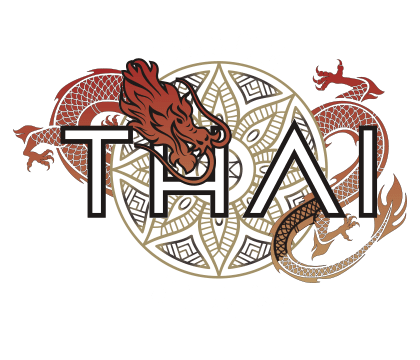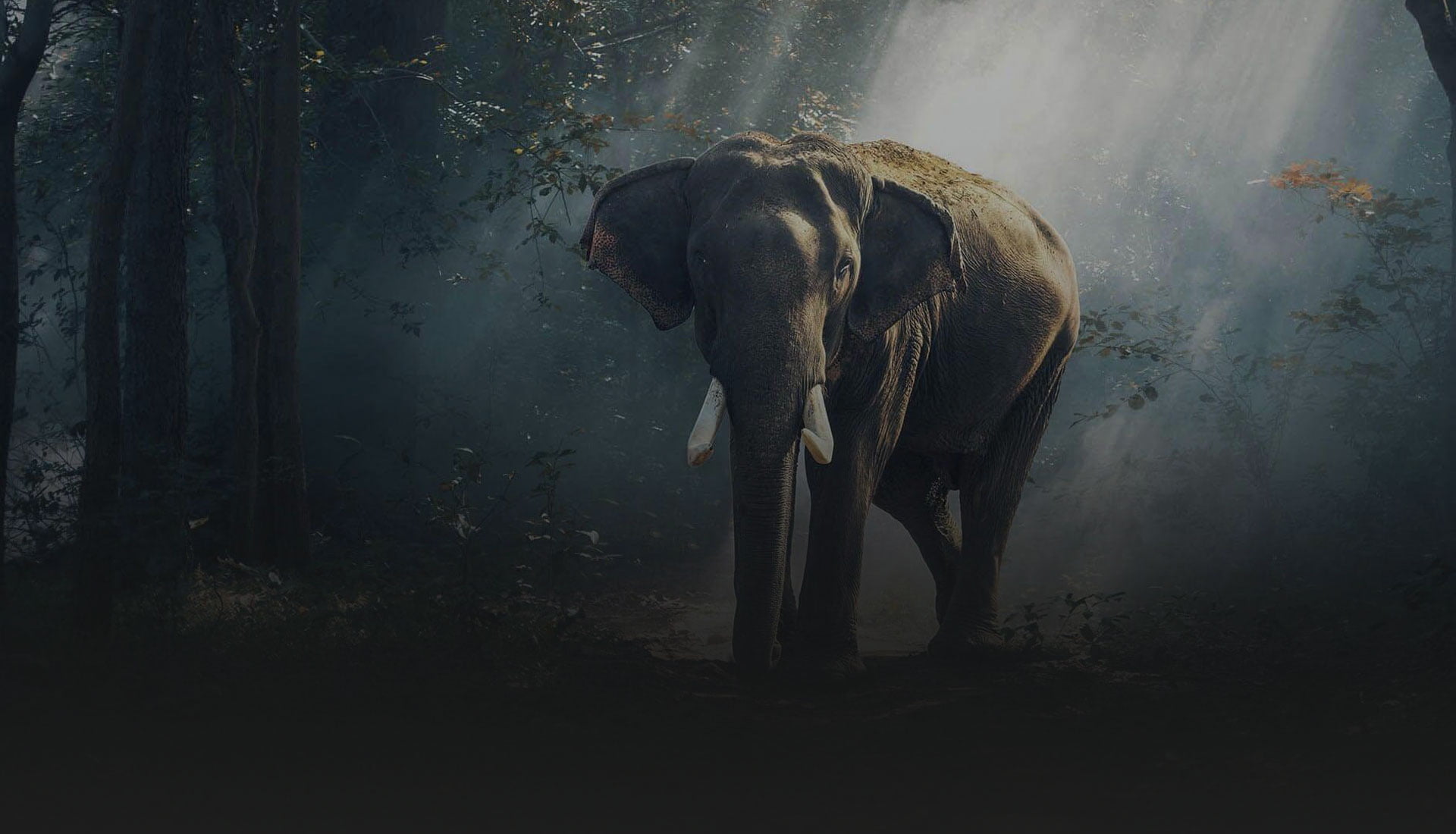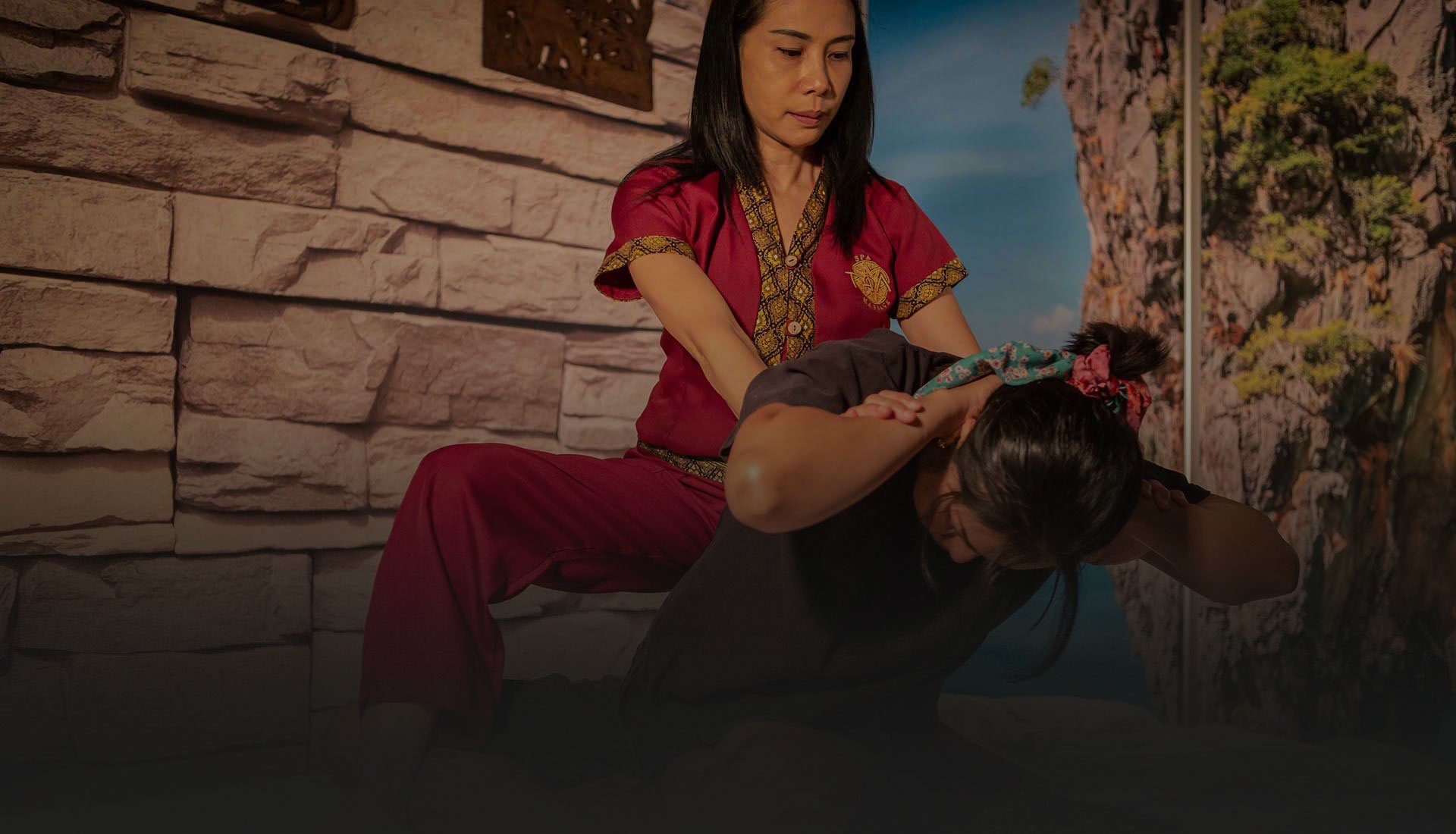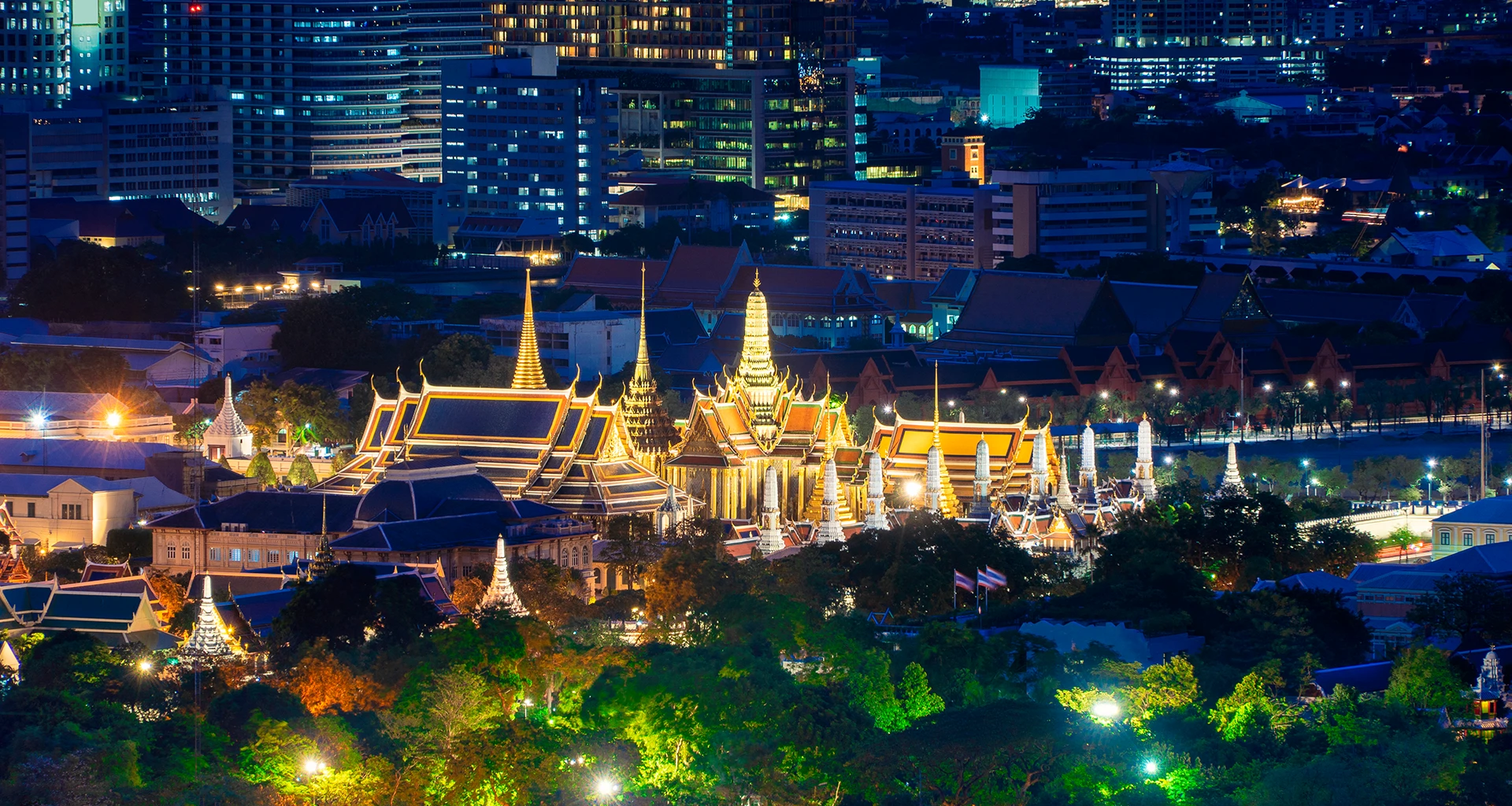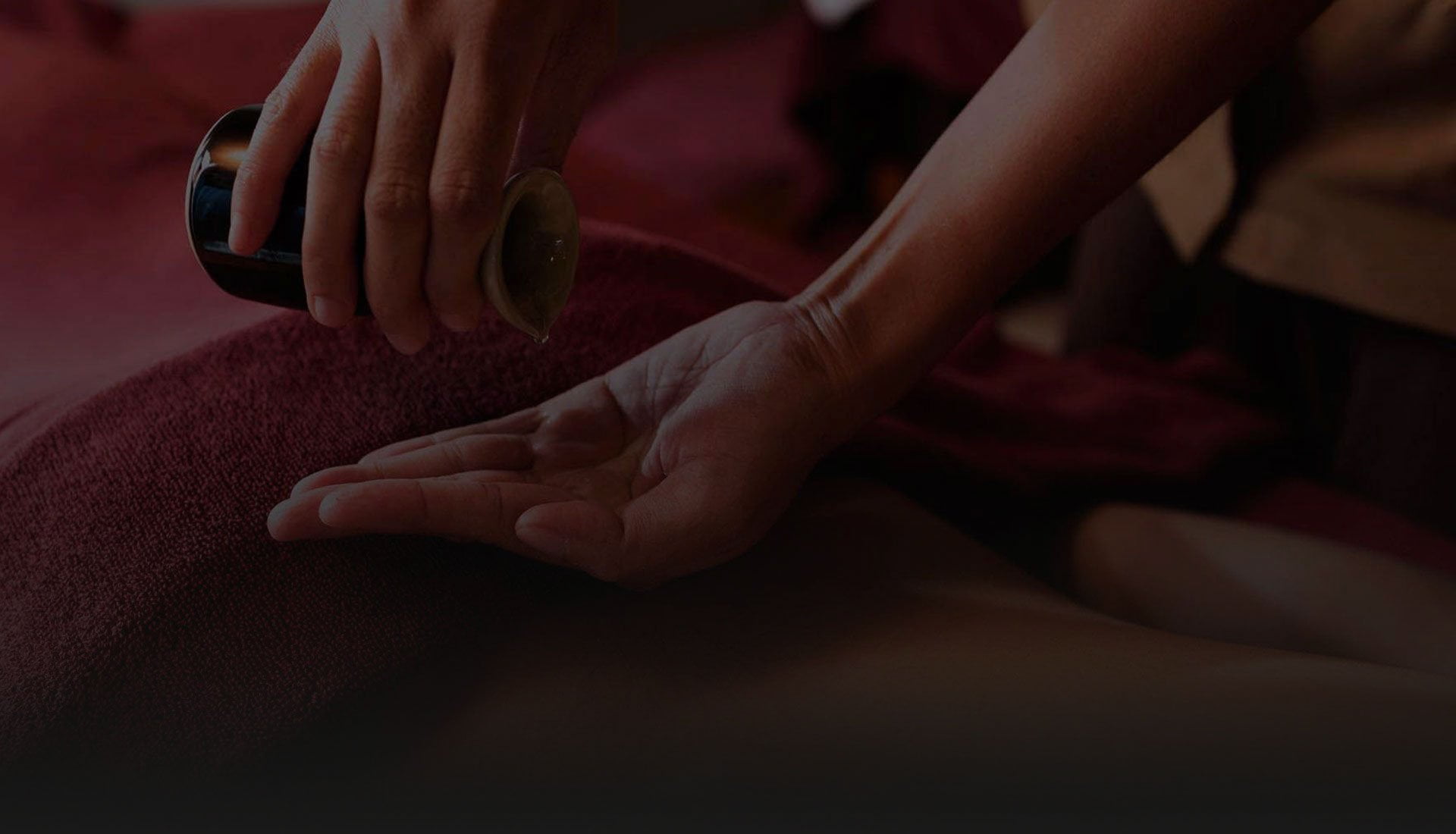Bangkok, Thailand’s bustling capital, is a metropolis where ancient and modern coexist in a symphonic dance of contrasts.
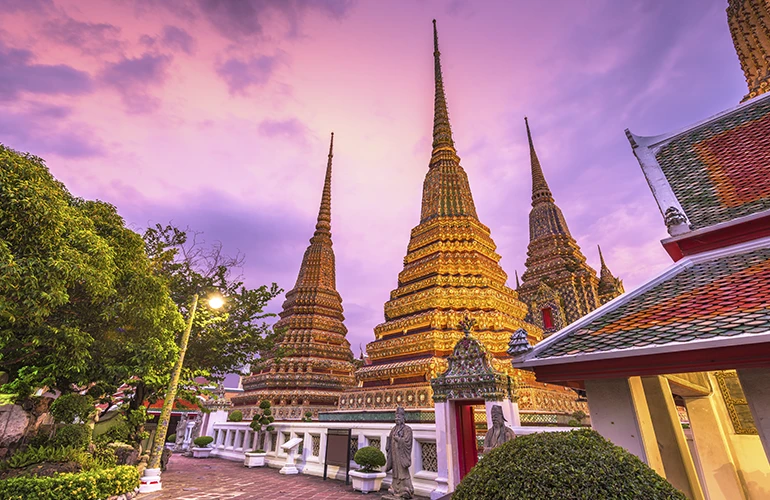
In the Phra Vihara hall there is the image of the reclining Buddha. Chinese granite statues “guard” the access to Phra Maha Chedi Si Rajakarn, the four 42-meter-high royal stupas.
The spiritual origin of Thai massage
In the heart of Thailand’s capital, Wat Pho, one of the city’s oldest and most revered temples, stands as the historic center of Thai massage. This temple is not only home to the majestic Reclining Buddha, but is also home to the first official Thai massage school in Thailand, established in 1955. Here, both locals and foreigners come to learn and experience this ancient form of healing that combines acupressure. , stretches and principles of Ayurvedic medicine.
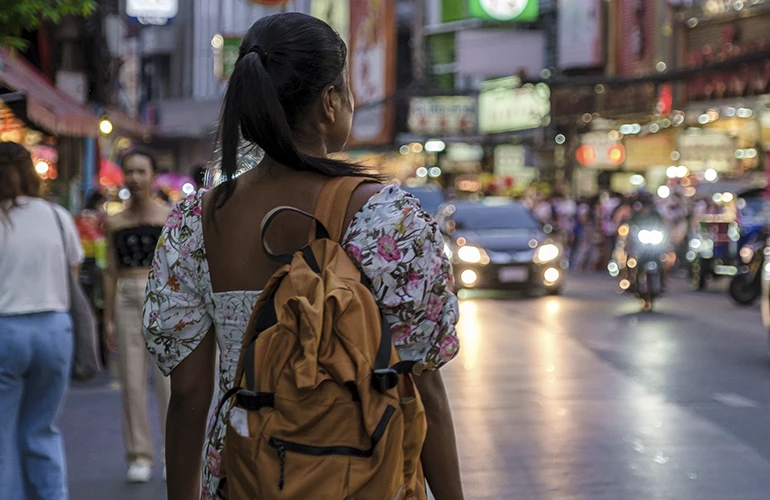
A walk through the streets of Bangkok
A mystical and earthly capital
Today, Bangkok has become a global wellness destination, attracting tourists from all over the world seeking to immerse themselves in Thai massage culture. Whether at a luxury retreat or a modest massage parlor on a back street, the experience offers an intimate connection to Thai history, spirituality and hospitality.
The rise of wellness tourism in Thailand’s capital has led to the proliferation of spas and massage centers that combine the art of Thai massage with other health and beauty therapies. However, despite its global popularity, Thai massage in Bangkok remains true to its roots, preserving the essence of a tradition that has been passed down from generation to generation.
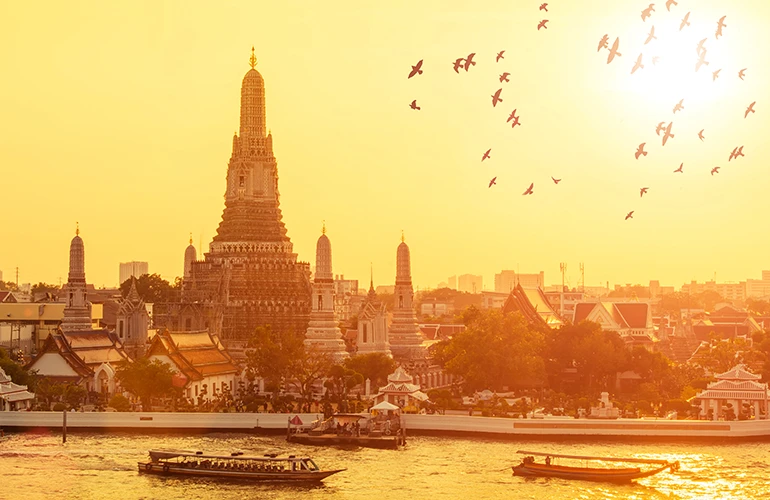
Wat arun temple with flyers at sunset in Bangkok.
A journey through the history and emblems of the capital of Thailand
The history of Bangkok as a capital dates back to 1782, when King Rama I, the founder of the Chakri dynasty, decided to move the capital from Thonburi, located on the west bank of the Chao Phraya River, to the east bank, where construction began of the new city. The choice of site was strategic, providing natural defenses and facilities for river trade. The city’s original name, Krung Thep Maha Nakhon, which translates as “City of Angels”, is part of one of the longest city names in the world and reflects its spiritual and cultural importance.
Since its earliest days, Thailand’s capital has been a center of power and religion in Thailand. As the city grew, so did its temples and monuments, many of which have endured to this day as symbols of the city’s historical greatness.
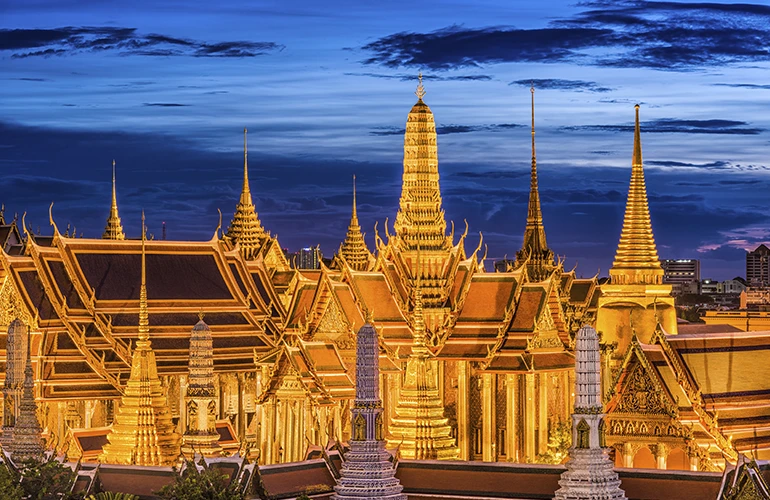
Night views of the palace, which served as the official residence of the King of Thailand from the 18th century to the mid-20th century. With the death of King Ananda Mahidol at Baromphiman Palace, King Bhumibol Adulyadej moved the official residence to Chitralada Palace.
The Grand Palace
The Grand Palace, with its golden roofs, intricate sculptures and detailed murals telling the epic story of the Ramakien (Thai version of the Ramayana), is a showcase of the splendor of Thai art and architecture. Although it is no longer the official residence of the royal family, it is still the scene of important royal ceremonies and an unmissable destination for those who wish to understand the essence of Thai culture.
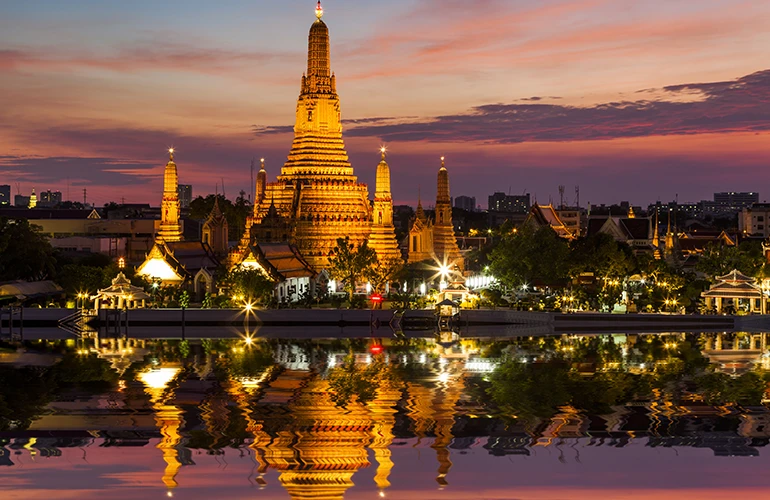
Views of the Temple of Dawn, at dawn.
Wat Arun: the temple of dawn
This temple is not only a place of architectural beauty but also has deep symbolic meaning. It represents Mount Meru, the center of the universe in Buddhist cosmology, and its construction is a testament to the religious influence on city life.
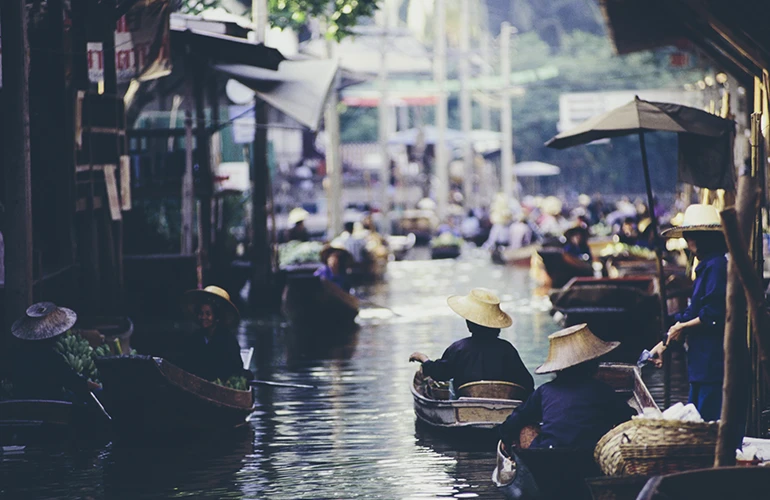
At the Damnoen Saduak floating market, a woman sells her wares.
Damnoen Saduak floating market
The floating market is a living reminder of the crucial role that rivers and canals have played in the life of Bangkok, providing not only an avenue for commerce, but also an essential means of transportation.
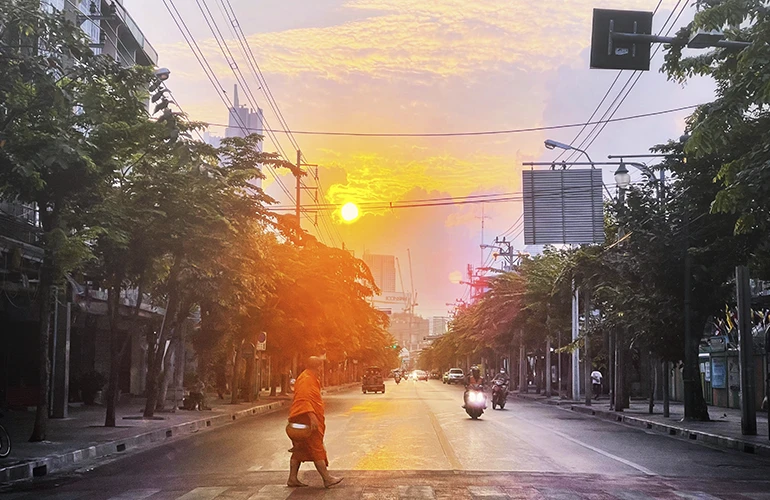
A barefoot Thai monk crosses the street in Bangkok on his daily early morning walk to accept pre-packaged lunches for Buddhists, as they are only allowed to eat one meal a day, which is normally a food offering from Buddhists.
